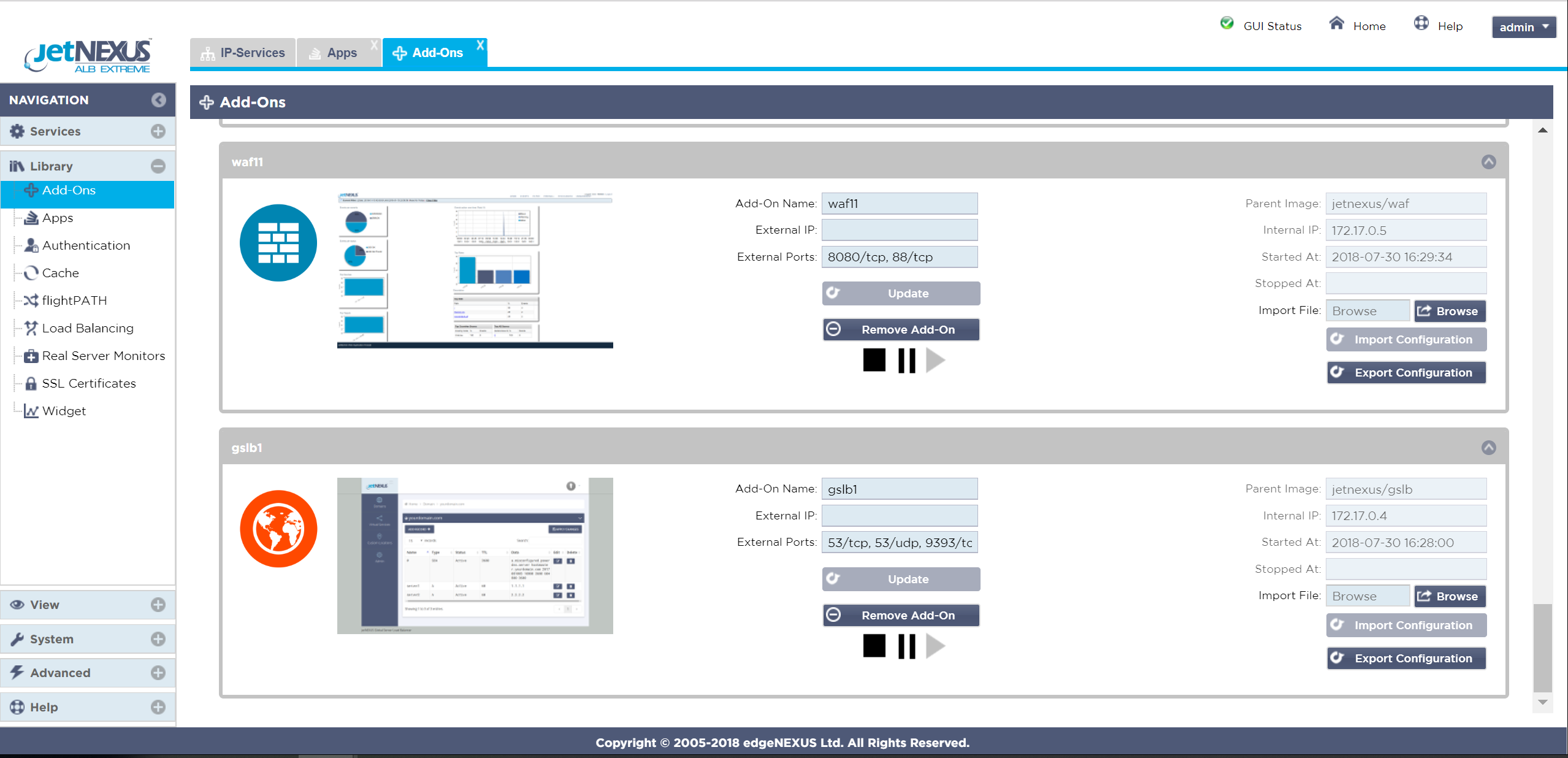Alb Softwares
Amazon Web Services (AWS) a new Application Load Balancer (ALB) service.I spent some time playing with the new service to understand what it offers and to see how it fits into our cloud architecture.In summary, ALB is a massive improvement over ELB in almost every way.For $16/month, a single ALB can serve HTTP, HTTP/2 and websockets to up to 10 microservice backends. Now the hardest problems of monitoring and routing traffic containers, which are constantly moving around due to ECS container orchestration, is solved by configuring one ALB correctly.We no longer need multiple ELBs or internal service discovery software in our microservice application stack to get traffic to our containers. We also no longer need hacks for websockets and HTTP referrers.ALB has exactly what ECS needs to make our architectures even better.I encourage you to also check out my and the rest of the for more hand-on coverage of the newest generation of AWS services. Why Do I Need A Load Balancer Service?If our application is running entirely on a single server total downtime is a guarantee.This server is a “Single Point Of Failure” (SPOF), and we can be certain that someday it will fail due to hardware or network problems, taking our app completely offline.Simple but guaranteed to failSince we want our app to be online forever we need a more sophisticated architecture. We need to add a second server and a load balancer. Now when the first instance fails, the second one will still serve the app while automation replaces the failed instance.Instance 1 can fail but the Load Balancer and Instance 2 keep goingIt looks simple enough, but we’ve moved the hard problems to the load balancer itself.
It needs.Be available forever.Serve a hostname that never changes.Accept any amount of incoming requests.Distribute requests evenly across backends.Have perfect knowledge of failed instances to route traffic away from or new instances to start routing traffic toThese are exactly the tough problems we need a service provider like Amazon to handle so we don’t have to.In 2009 AWS. From that day forward, ELB has been a mission critical component for serious services running on AWS.Load Balancing to Instances is a solved problem. A Problem with Microservices and ContainersWe’re never content as a industryMany of us are trying to do better than running a single service on a single instance.
We’re trying to squeeze more efficiency out of those instances and treat them as a cluster with many services together.Microservices need mega architectureTo do this with ELB we’re faced with some new architectural challenges.If every service class needs its own ELB we will need lots of them. ELBs cost $18/month minimum, so the cost can really add up.We can try to use a single ELB and manage the routing with software. Plenty of open source software like, and help to discover and proxy traffic to microservices and containers.But going down this path means I’m again responsible for managing complex software.
I want to delegate these tough problems to cloud services. Enter Application Load Balancer (ALB)Conceptually ALB has a lot in common with ELB.

It’s a static endpoint that’s always up and will balance traffic based on it’s knowledge of healthy hosts.But ALB introduces two new key concepts: content-based routing and target groups.1 Load Balancer, 2 Instances, 3 microservices!We now have a single ALB that is configured to:.Send requests under /api to any instances with our API containers listening on port 8000.Send requests under /blog to any instances with our Blog app containers listening on port 5000.Send all the other requests to any instances our Web app containers listening on port 80And now we only need 1 ALB! ALB Features Round UpOut of the box ALB does all the things we need for a modern microservice application:.Content Based routing.Native HTTP/2 support.Native Websocket support.CloudWatch Metrics integration for service monitoring and alerting.EC2 Container Service (ECS) integration for managed container orchestration.AWS Certificate Manager (ACM) integration for free SSL certificatesAnd best of all there are cost savings. The base cost of an ALB is $0.0225 per hour, approximately $16 per month. This supports 10 different backends.On top of that is metered data charges.

If the ALB is handling new connections, active connections and/or serving traffic we are charged in multiples of $0.008 per hour. It’ll take a while to see how the new Load Balancer Capacity Units (LCU) concept works in production, but AWS promises cost savings over virtually any ELB usage.This is a much, much better starting point than those 3 x $18/month ELBs (plus $0.008 per GB of traffic) we were paying before.
Ab Software Development
Contact Us Contact Us Airport ContactsFor information regarding weather, flight delays or any other flight changes, please contact your for the most up to date information.General comments or questions:Main Airport Number: (505) 244-7700Airport Paging: (505) 244-7706Aviation Police: (505) 244-7706Airport Emergencies: (505) 842-4004Access Control/Badge Office: (505) 244-7702TSA: (505) 246-4100Parking Office: (505) 244-7883Rental Car Shuttle Service: (505) 315-7770Physical Address:City of Albuquerque Aviation DepartmentAdministration Office, 3rd Level2200 Sunport Blvd.